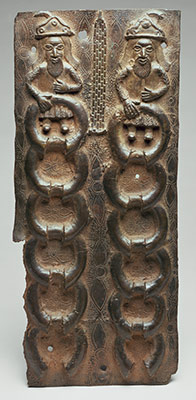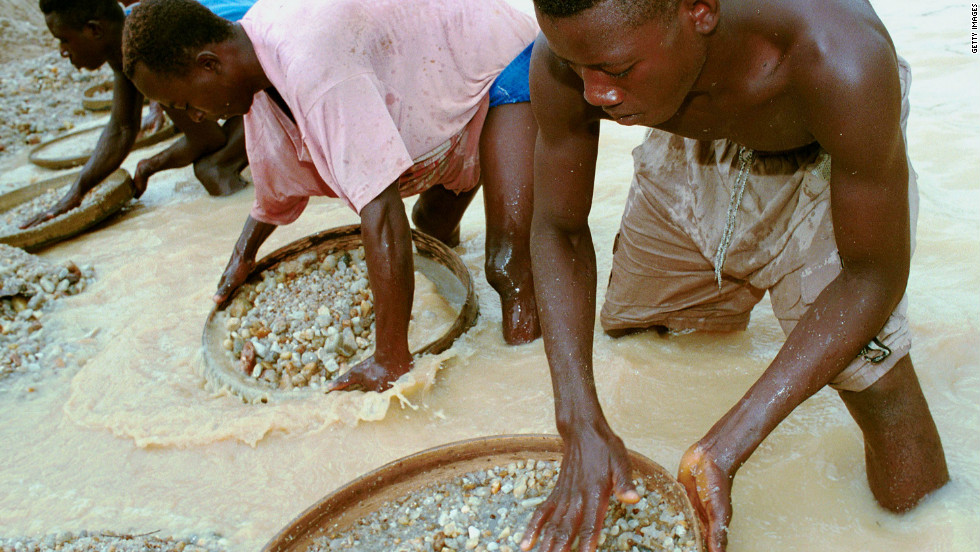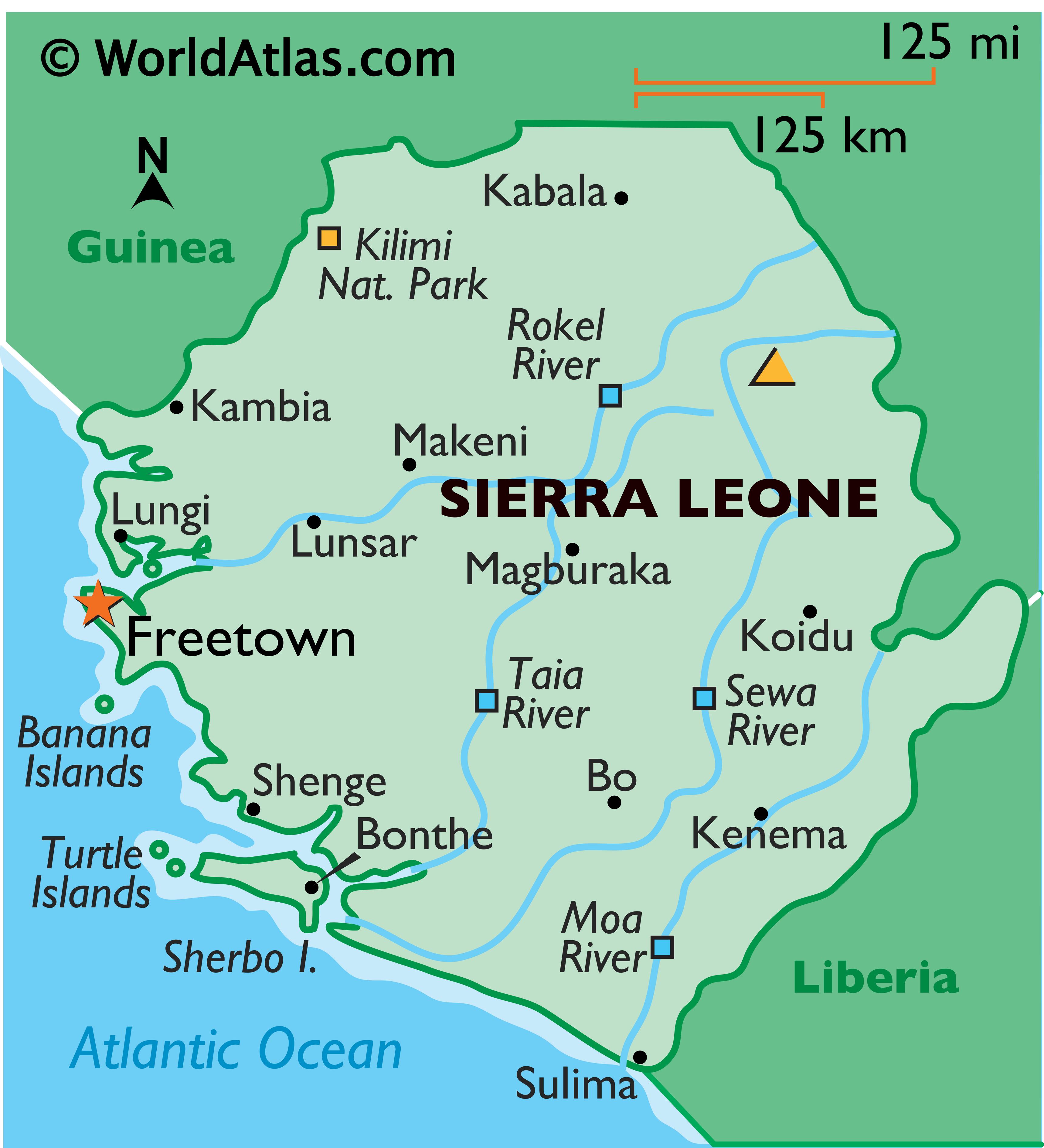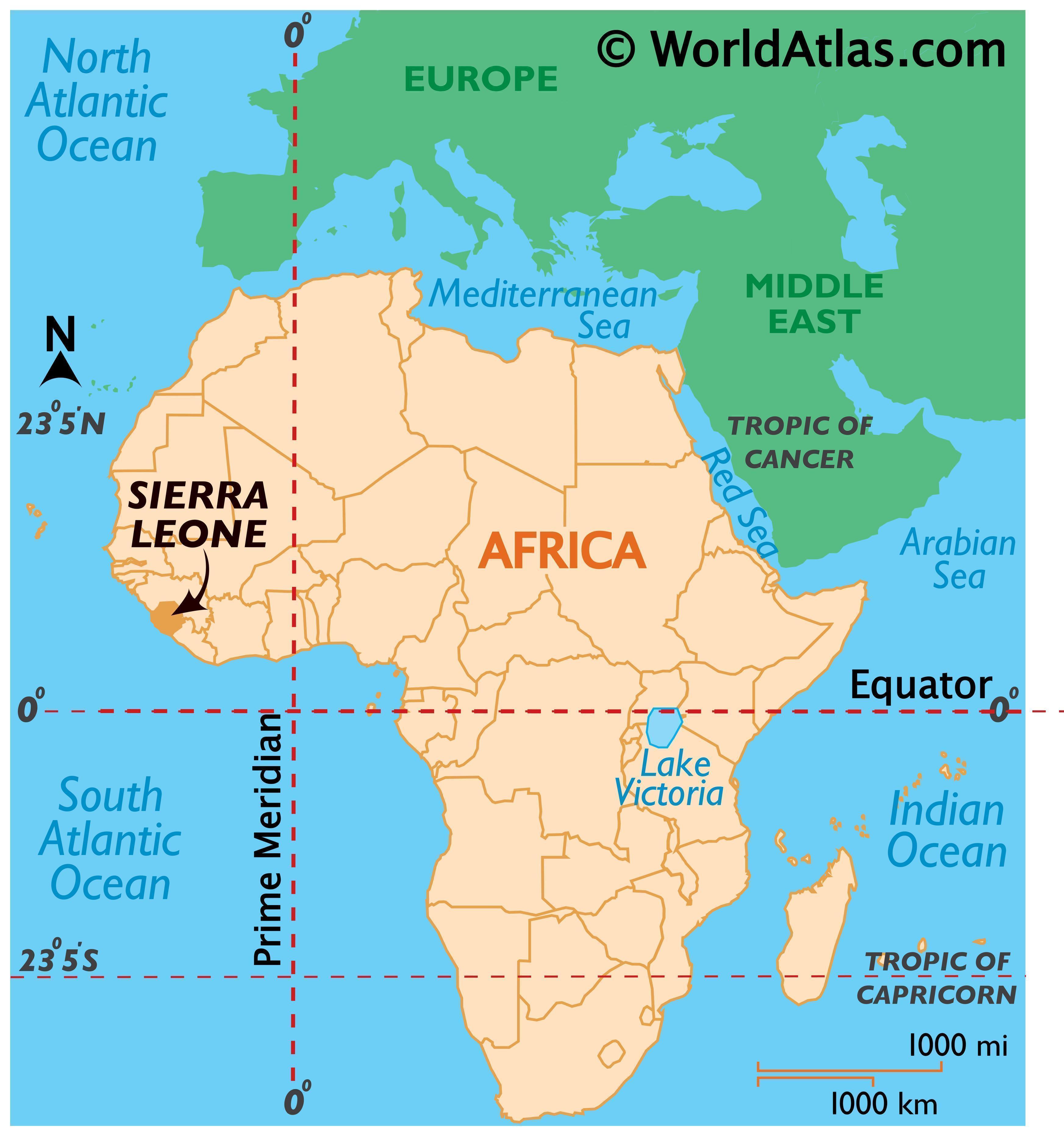The first contacts that came upon Sierra Leone were the Portuguese
in 1415, with was found by Pedro da Cintro. They were in the search for spices,
fabrics, gold, and other commodities on their explorations.
 |
| Two Portuguese with Manillas |
The Portuguese originally built temporary forts along all of
their trading routes including some in Sierra Leone to protect themselves from
rival European Traders. This enabled them to trade commodities such as ivory,
and gold which were among the most popular items. The Portuguese would sometimes
even trade something as simple as kitchen utensils with the people of Sierra
Leone to obtain these things. In the
1600s, the Portuguese even contributed to the slave trade which supplied Europe
and a few other countries with slaves. These were just few of the events which
lead to the Portuguese to dominating the trade industry for about years.
 |
Sapi-Portuguese Medium: Ivory
|
Unlike other settlers in Africa, the Portuguese experienced
less of a culture sock in comparison to other settlers. It was said that many
of the cities in Sierra Leone mimicked Europe’s, and the Portuguese belief in
the magic, the super natural, and the way to cure illness were very similar to
the practices of the people of Africa. Many of the Portuguese men even married Sierra
Leone women who were daughters of very important chiefs. These relationships not
only created a bridge between the two groups, but it also created a cultural fusion
between the two groups.
Many would say that the blending of the Portuguese and the people
of Sierra Leone was very peaceful in comparison to other countries at the time,
and the influence of the Portuguese can still be seen through Sierra Leone’s
culture today.
Resources:
http://sierraleone365.com/scrolling-news/portuguese-were-the-predominant-europeans-in-early-sierra-leone
http://www.metmuseum.org/toah/hd/agex/hd_agex.htm
http://www.sahistory.org.za/topic/africa-portugal








